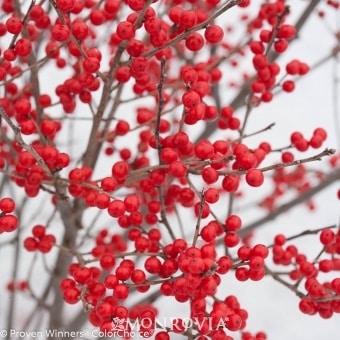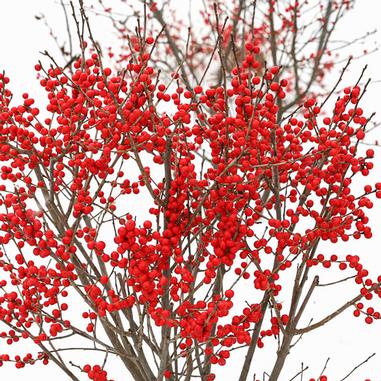The remaining leaves shimmered and trembled in the moonlight like mercury glass ornaments adorning a Christmas tree. The earth was drenched in her beams, dripping with silvery-blue light.
November’s Super Moon, also known as the Beaver Moon, graced our skies early Monday morning. It was the closest and brightest moon of the year, and the largest since 1948. It was a magical sight and astronomical phenomenon, by which some believe affect our earthly endeavors, like gardening.
Gardening by the phases of the moon is a practice that dates back to the beginning of agriculture, and there appears to be some scientific evidence to support it.
There are three basic methods – Synodic, Sidereal and Biodynamic, the latter referring more to the location of constellations rather than the moon itself. Synodic gardening uses the phases of the moon to help determine the best time to plant while Sidereal gardening uses the moon’s orbit to determine the best time to plant.
Because the moon affects our oceans’ tides, it is also thought it can affect the water in our soil and in the plants themselves. New and full moons are thought to be the best time in which to sow seeds as moisture within the ground rises, making for optimal seed germination. This theory also applies to pruning, transplanting and even harvesting.
Want to learn more? The Farmer’s Almanac is a great place to start, and as always, reach out to Sweeney’s. We’re here to help in your quest for all things green that grow, even by the light of the moon.
Plant of the Week
Berry Poppins Winterberry Holly
Dwarf, compact shrub infamous for its masses of bright red berries that remain all Winter long, adding color and beauty to the landscape while offering a food source for birds. Prefers sun to partial shade and moist, well-drained soil. Grows 3-4′ tall and 3-4′ wide.
“Look how the pale queen of the silent night
Doth cause the ocean to attend upon her…”
-Charles Best
Best wishes,
Kim Sweeney


